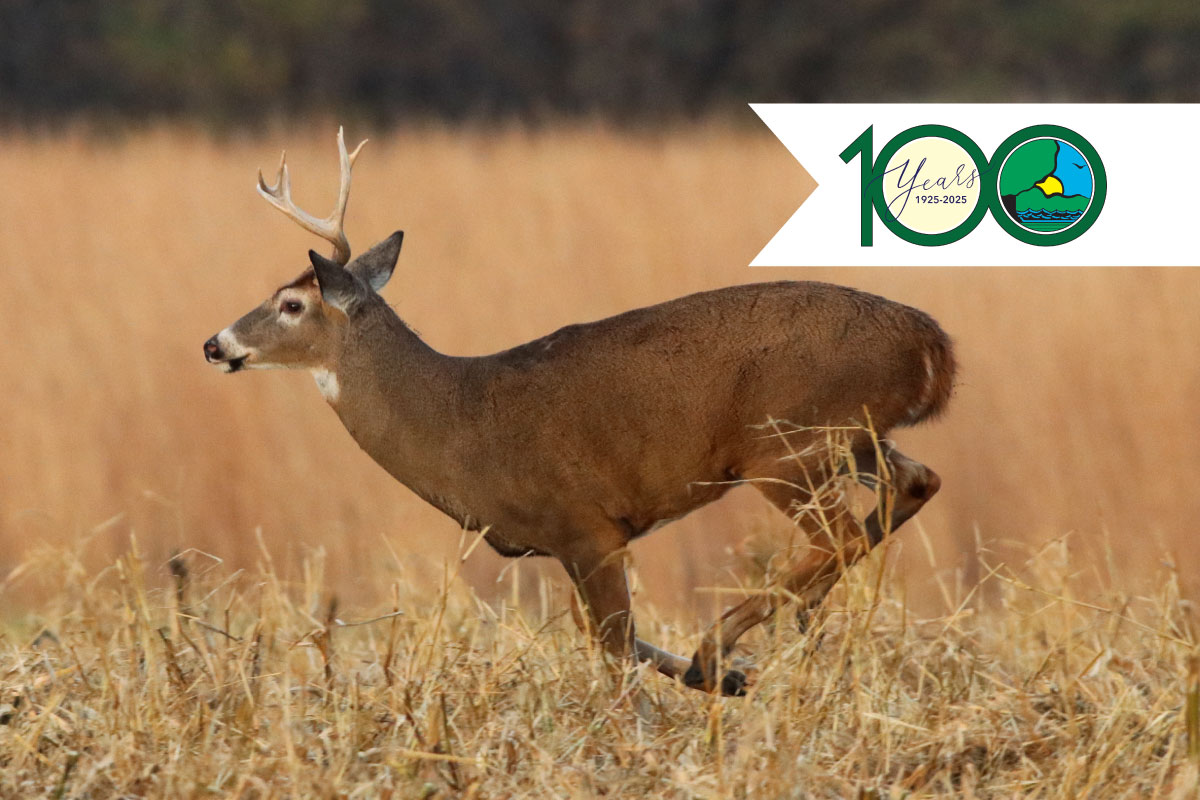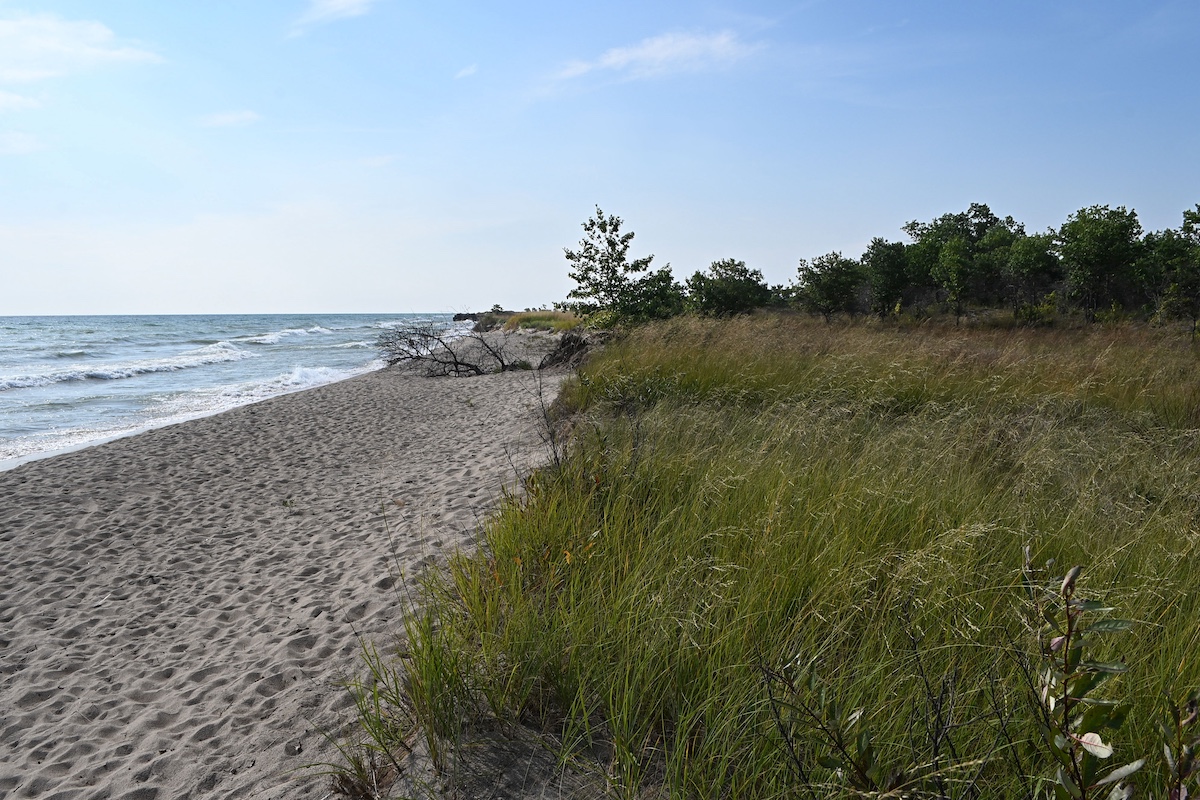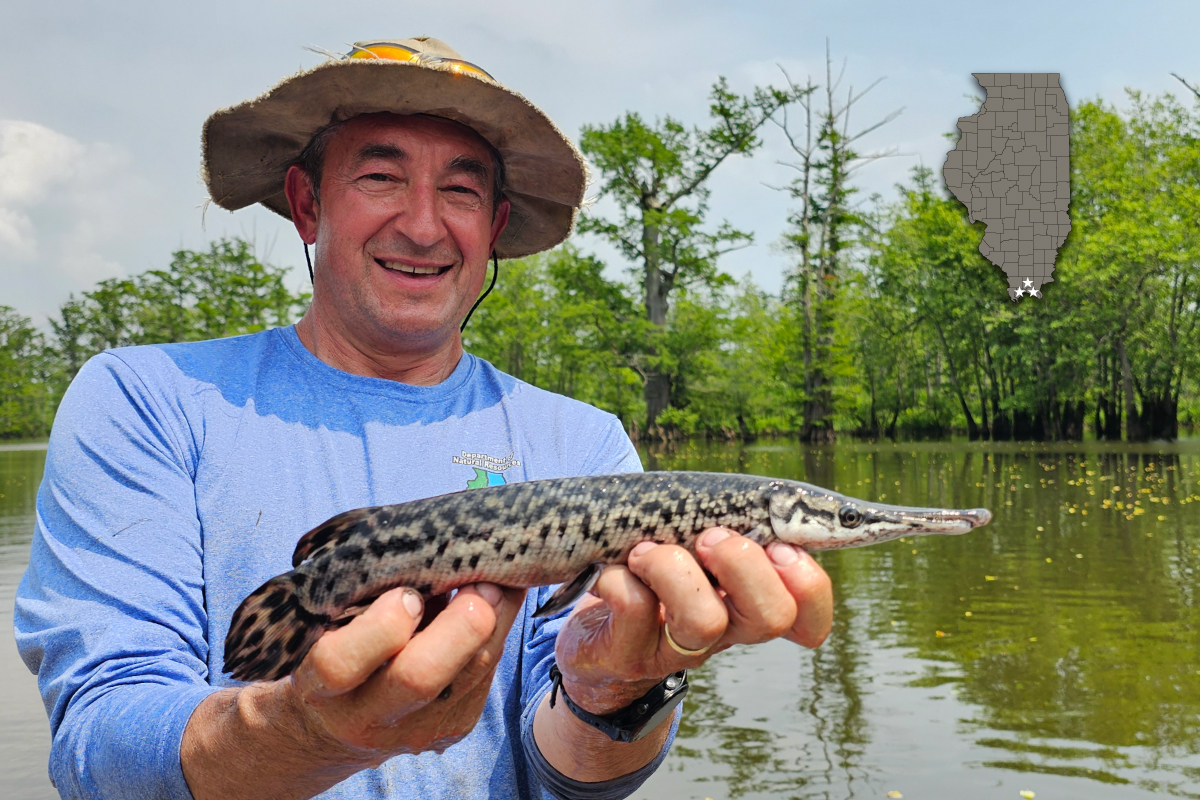
Photos by Michael R. Jeffords.
In this series we examine Illinois state sites benefiting from sportsmen’s contributions through the Federal Aid in Wildlife Restoration (Pittman-Robertson or PR) program. One of the largest, and longest running, projects is the Statewide Public Lands Wildlife Habitat Development Project (W-76-D), designed to create wildlife habitat on public lands, provide facility access and recreation opportunities, and establish wildlife management demonstration areas for Illinois citizens.
Since acquired by the State of Illinois in 1987, Snakeden Hollow State Fish and Wildlife Area has evolved into idyllic habitat for the production and harvest of Canada geese (Branta canadensis).

“The site was mined from 1962 to 1970, and that process created 125 impoundments that today are nestled within nearly 2,100 acres of grassland,” explained Kevin Oller, Illinois Department of Natural Resources District Wildlife Biologist. “The interspersion of wetlands and cool-season grasslands, of which 400 are managed through agricultural hay leases, provides excellent goose nesting and brood rearing habitat.”
Islands can be an excellent means of enhancing the wildlife diversity of an aquatic habitat. Canada geese and mallards are among the birds that will utilize an island as a nesting location as the water barrier minimizes predation by mammals, such as coyotes and raccoons.

“Designing a pond or wetland habitat to include small islands is something a private landowner can do to provide wildlife habitat that is long-lived and requires little maintenance,” Oller said. Alternative enhancement practices include nest structures, which geese readily use but are short-lived and require frequent maintenance, including placement of nesting material.
According to the Special Features and Supplemental Practices section of Creating Habitats and Homes for Illinois Wildlife, designing an island to maximize waterfowl nesting habitat includes constructing two or three islands per acre of water, with the islands a minimum of 100 square feet in size and at least 30 feet from the shoreline. Islands should be at least 3 feet above the permanent water level and the perimeter should gently slope toward the water to allow birds to easily access the island. Minimizing the water depth between an island and the shoreline to approximately 3 feet will encourage the development of diverse aquatic vegetation.
“While the primary purpose of Snakeden Hollow is to provide a refuge for Canada geese and other migratory waterfowl during the hunting season, equally important are the development of nesting and brood rearing habitat for geese and providing hunting opportunities for geese and several other species,” Oller concluded.
Hunting and Trapping at Snakeden Lake
Statewide regulations govern hunting at the site.
Available Game Species
Species available are dove, goose, deer (archery only), teal, snipe and rail.
Hunter Fact Sheet and Hunting Regulations at Snakeden Hollow
https://huntillinois.org/sites/snakeden-hollow-sfwa/
About the Site
1936 State Route 167, Victoria, IL 61485
(309) 879-2607
County: Knox
Website: https://dnr.illinois.gov/parks/park.snakedenhollow.html

Email: rick.knisely@illinois.gov
Directions: Snakeden Hollow State Fish and Wildlife Area is ½ mile east of Victoria on Illinois Route 167.
Kathy Andrews Wright retired from the Illinois Department of Natural Resources where she was editor of OutdoorIllinois magazine. She is currently the editor of OutdoorIllinois Journal.
















Submit a question for the author